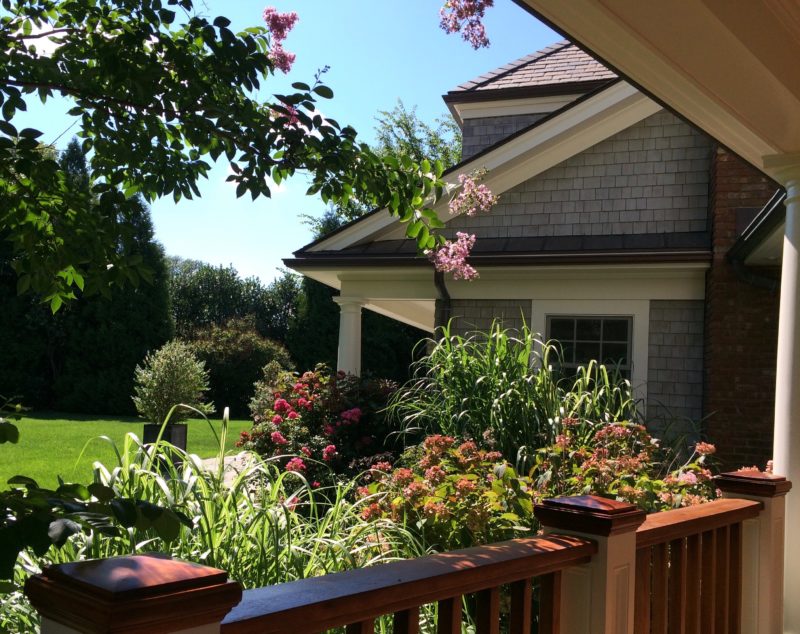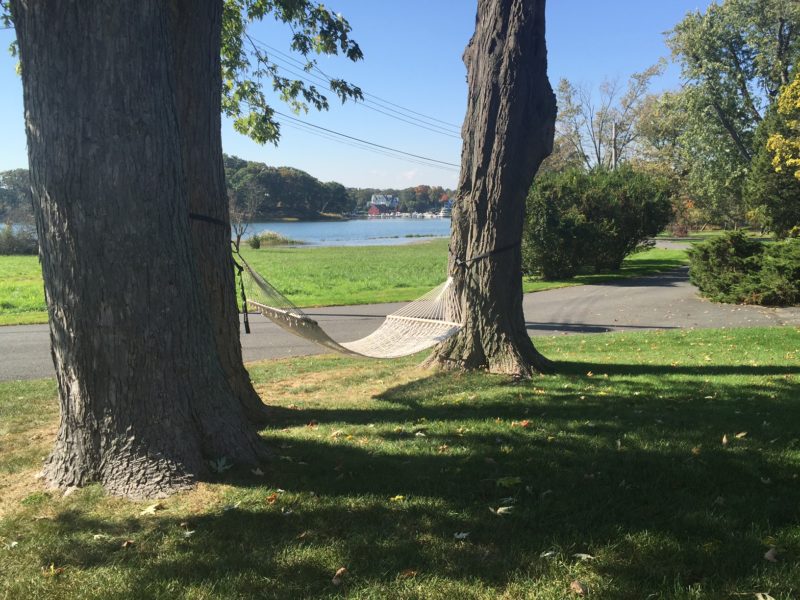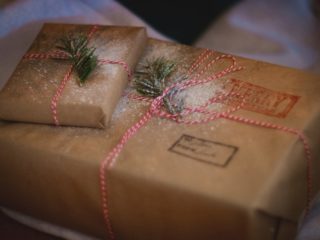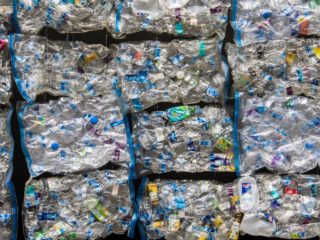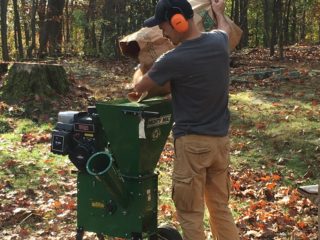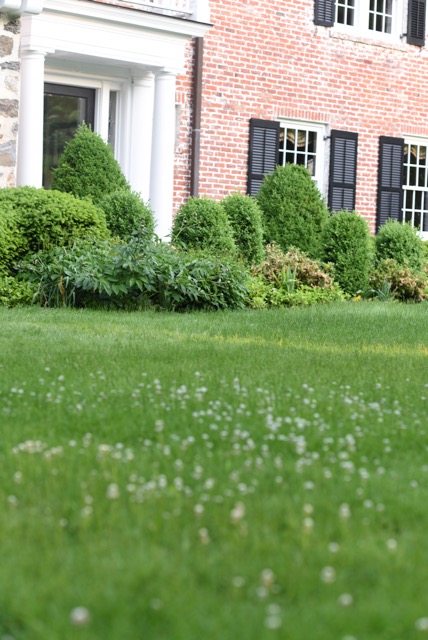
It’s spring and I’ve peeked out at my unruly yard that’s just emerging from a fitful winter slumber. It’s a healthy yard — that is, one that’s naturally landscaped. And after its spring makeover it will look as beautiful as ever.
Yes, it’s definitely possible to have a beautiful yard that’s also a healthy yard.
How do I know? I helped organize a healthy yard program in my town. In the process, I discovered how many homeowners have gorgeous, open spaces that are also naturally landscaped.
Take a look at these simple tips for making your yard safe and healthy for you, your family, and pets.
Natural Care is Best for a Healthy Yard
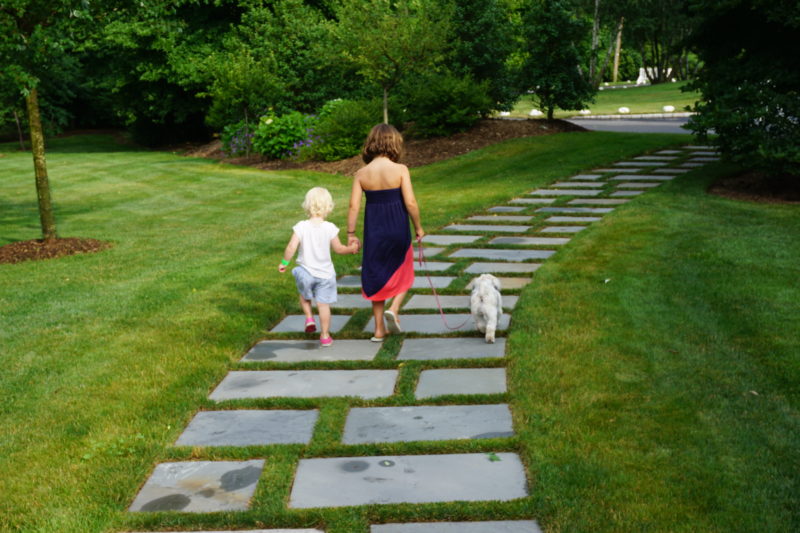
Test That Soil!
One of the most effective – and easiest things to do – is to test your soil.
Soil testing is like giving your yard a physical to determine what is and isn’t wrong with it. You can then make adjustments in your lawn care approach to treating it properly.
How to test? There are a number of different services and options. I offer some options here:
DIY. Luster Leaf 1601 Rapitest Kit is an affordable option.
Professional Services. The extension office of most state universities will provide accurate and affordable soil testing.
Resources
Gardening Products Review provides a state-by-state list of extension offices.
Utah State University Cooperative Extension‘s summary of how to use your soil test report to determine nutrient needs is clear and helpful. It also provides tables of nutrient concentrations and application methods.
University of New Hampshire‘s fact sheet and charts list organic nutrient sources, release rates, and appropriate usage.

Aeration
Aerating your lawn is the act of punching holes in the soil to allow your lawn to “breathe.” It promotes healthy root growth by breaking up compacted soil and allowing water and nutrients to sink deep into the soil.
For simple jobs, aeration can be a matter of punching your lawn with spikes. The Punchau lawn aerator does the job in this case.
For larger jobs that require core aeration, consider a professional lawn care service or renting core aeration equipment. For DIY, the Yard Butler coring aerator will give you a workout!
Overseeding
Overseeding your lawn with grass seed is a simple healthy yard approach. It minimizes weed growth so you don’t have to reach for the weedkiller.
Prep in advance for seeding by mowing low and raking away the grass. This will help get that grass seed as close to the soil as possible.
Try to plant native grasses for your area. These will be the most hardy and resilient options. Check with your local garden center or nursery for the best selections.
Check on the Thatch
Thatch is a “loose, intermingled organic layer of dead and living shoots, stems, and roots that develops between the zone of green vegetation and the soil surface.”
The goal. For a healthy yard, this thatch layer should be around 1/2 inch.
Thatch build-up culprits. Too much thatch is not a good thing. It reduces the ability for water and nutrients to reach grass roots. Pesticides and fertilizers are the main culprits.
Solutions. Regular soil testing and aeration are easy ways to control thatch accumulation. Thatch mowers can be rented if the problem gets out of hand.
Resources. Penn State Extension’s guide on the topic is excellent.
Mow High
That sheared golf course look is not ideal for a healthy yard. Lawns cut short are susceptible to a number of problems:
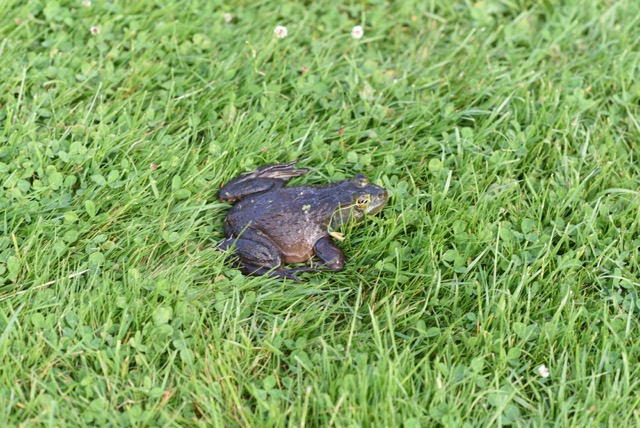
- stunted root growth
- inability to manufacture food
- reduced aeration
- reduced water absorption
The general rule of thumb is to “mow high” – around 2 to 4 inches – and not remove more than 1/3 of grass growth. This can vary by region and season so talk to your local garden center or, if you have one, lawn care professional.
Resources. Michigan State University’s guide to mowing lawns is useful for a deeper dive into the topic.
Water Right
The right amount of water is important for a healthy yard.
Make grass hardy! The goal is for your grass to develop deep root systems and be able to withstand dry periods. The way to do that is to go easy on the watering. In fact, most lawns don’t need more than 1 inch of water per week.
Water early. The best time to water is early morning before water evaporates off of the lawn. Check moisture levels, but a safe bet is to water thoroughly twice a week.
Don’t begin too early! Don’t start watering too early in the season. Here in New York, unless we’re hit with a heat wave, the ideal time is to start around June.
Natural Products and Ingredients
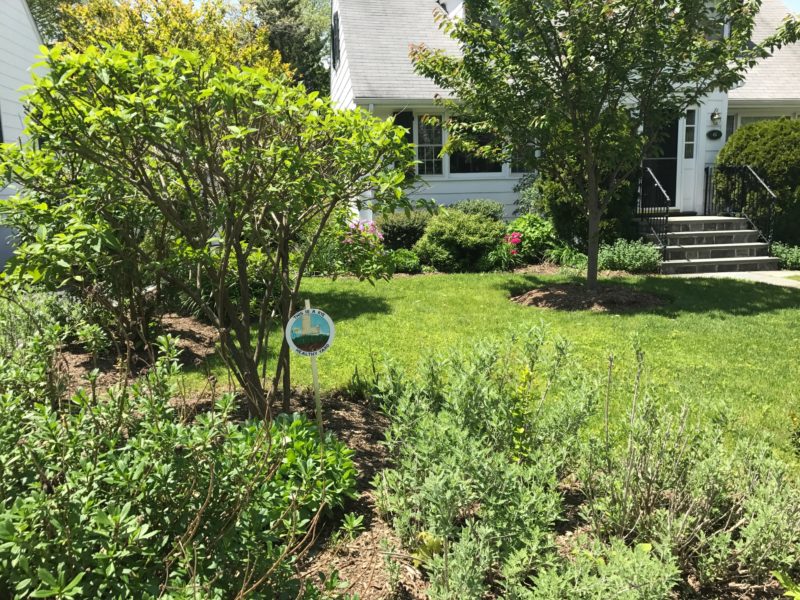
Avoid Pesticides
Avoid lawn care products that contain pesticides in favor of natural products. Products that contain pesticides carry with them a whole host of health-related problems.
Natural Fertilizers
Avoid chemical fertilizers that don’t feed the soil. The rule of thumb is to use a natural fertilizer with a balanced ratio of numbers.
Examples of natural fertilizers and soil amendments include:
- Compost. You can purchase or make your own.
- Peat Moss.
- Manure. Poultry, horse.
- Meal supplements. Bone, blood, feather, corn gluten, cotton seed.
- Fish and seaweed.
Go Native
Why Natives?
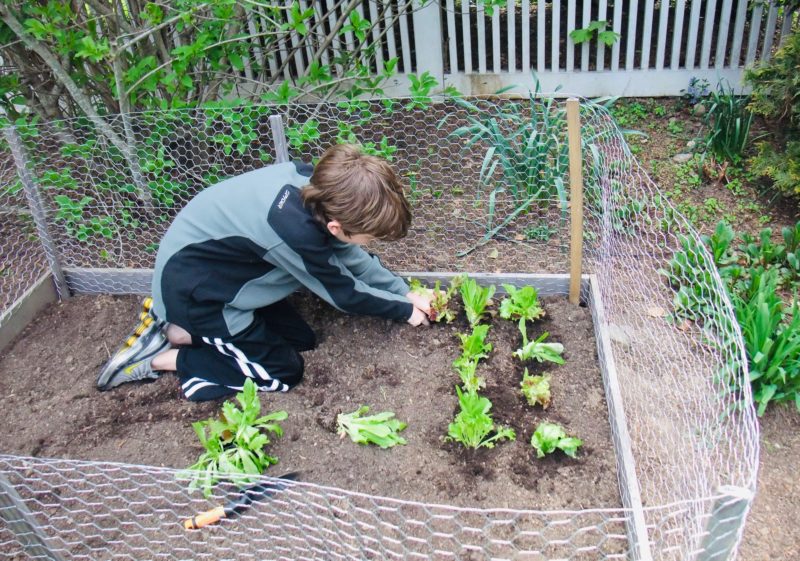
Native plants and grasses are more resilient than many non-native alternatives and able to withstand diseases and pests. That means less maintenance and lawn care for you! And it means less reliance on synthetic chemicals to treat your yard.
When making your landscaping choices, consider adding some native plants and grasses to your yard. They’ll also attract wildlife that depend on these specific species for food and shelter.
Resources
Plants to get. Audubon has a handy Native Plant Database. Just plug in your zip code to find the best plants for your area.
Plants to avoid. The US Department of Agriculture lists some plants by region that you should avoid.
Help the Pollinators
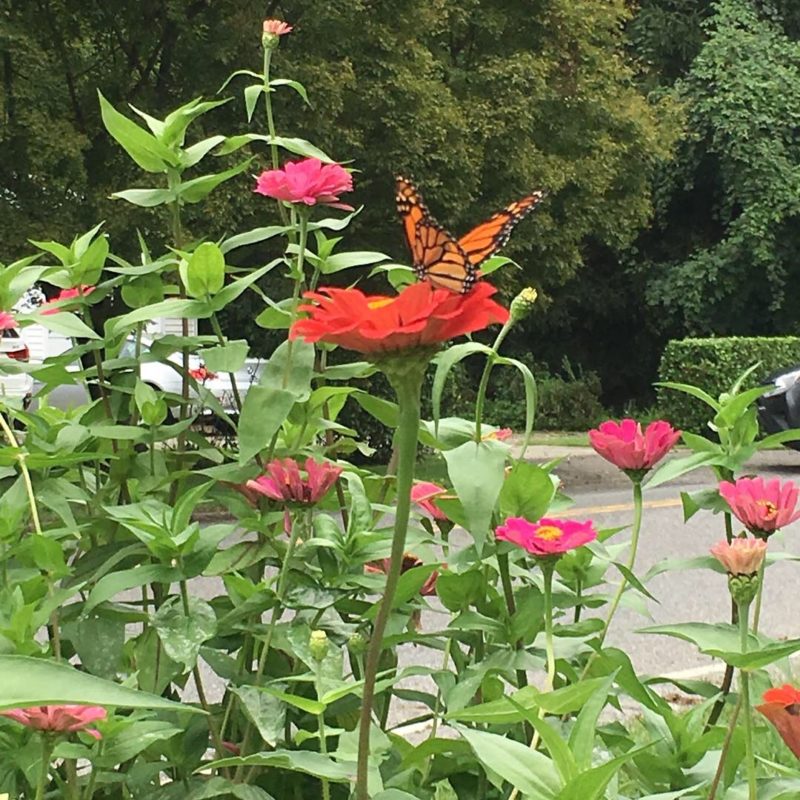
Attracting pollinators (bees, butterflies, birds, beetles) to your yard is an ideal way to increase the diversity, beauty, and health of your plants and shrubs.
Plant for pollinators. Consider creating a pollinator garden. It’s easy, natural, and the colorful array of diverse plants will enhance the beauty of your yard.
Pollinators are attracted to native plants. For a list of pollinator-friendly natives in your area consult the Xerces Plant Lists.
Resources. Xerces is the go-to resource for pollinator facts. For those of you in the New York area, the Rye Garden Club’s list of pollinator plants is both beautiful and useful!
Turn Down the Volume
Leaf blowers
I agree – it can be very difficult to clear all that debris from a large lawn. Gas-powered leaf blowers do the job, when needed, but they cause excessive noise and air pollution. Many municipalities, including my own, regulate their use.
Alternatives:
Electric leaf blowers. While they still stir up particulate matter, they are considerably less noisy and don’t contribute to air pollution like the gas-powered versions.
Rake it. An affordable alternative that’s excellent exercise and pollution free!
Leaf Mulching is more of a fall activity, but mulching, or shredding, leaves and leaving them in place acts as a natural fertilizer.
Compost leaves and grass clippings.

